ABA Therapy and Behavior Sciences
Explore ABA therapy and behavioral sciences to enhance skills and socialization for individuals with autism.


Understanding ABA Therapy
Definition of ABA Therapy
Applied Behavior Analysis (ABA) therapy is aimed at assisting children on the autism spectrum in developing essential social and emotional skills. This therapy involves one-on-one interactions between a practitioner and the child, closely following principles derived from learning theory. It focuses on improving various social skills to help children integrate better and improve their overall quality of life. ABA therapy is recognized as an evidence-based best practice treatment by both the US Surgeon General and the American Psychological Association, reflecting its strong foundation in behavioral sciences.
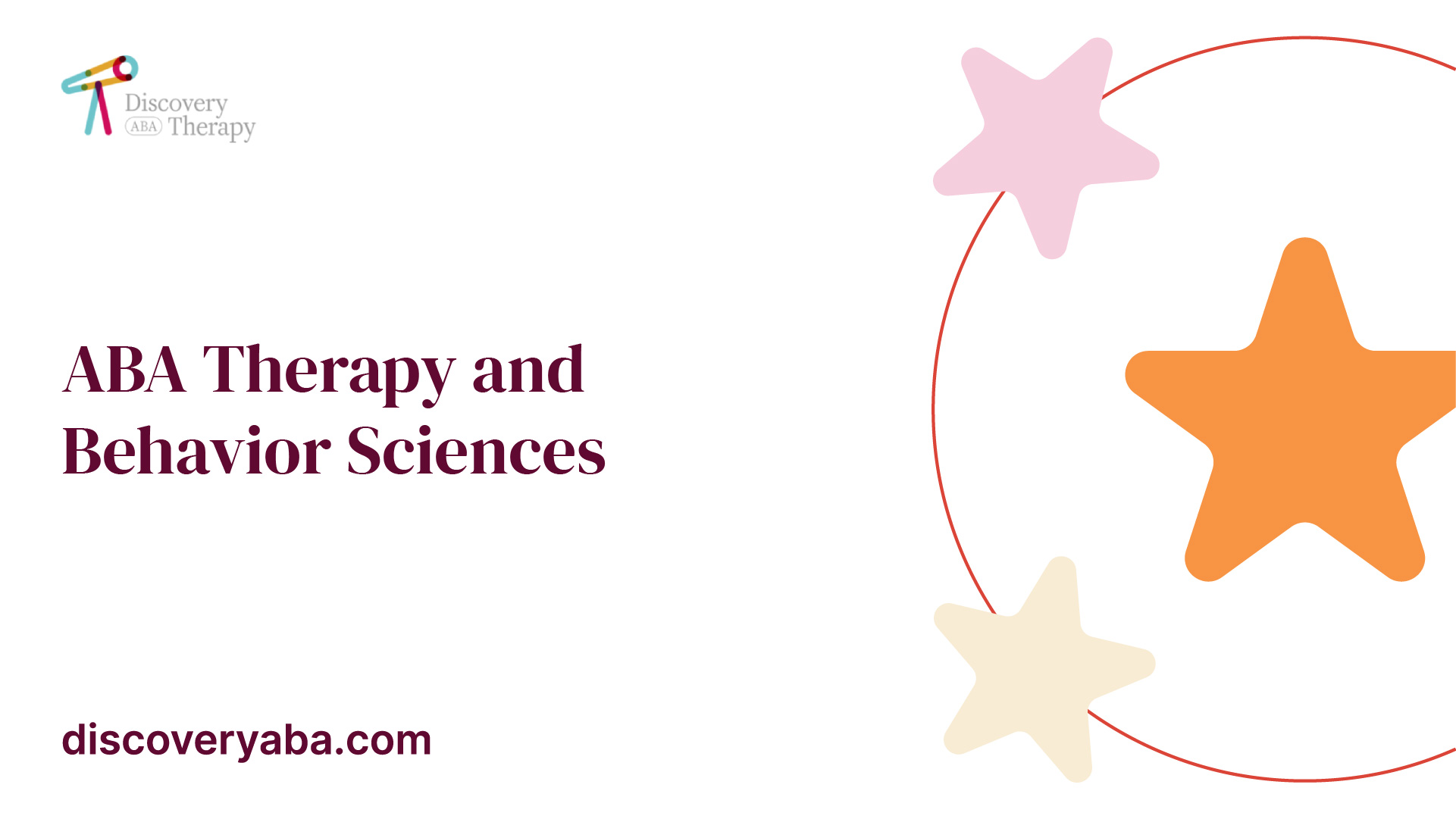
Principles of ABA Therapy
ABA therapy operates on several key principles that govern its methods and strategies. These principles are essential in promoting positive behavior changes and enhancing social skills among individuals with autism. Here are some fundamental elements:
PrincipleDescriptionPositive ReinforcementThis method encourages desired behaviors by providing rewards for correct task completion, thereby increasing the likelihood of these behaviors being repeated over time. aba therapy and positive reinforcementBehavior and ConsequenceABA incorporates the idea that behaviors yield consequences. Desired behaviors are rewarded, while negative behaviors are discouraged, teaching the child about the outcomes of their actions. This creates an understanding of socially acceptable behaviors.Personalized GoalsEach ABA treatment plan is personalized, catering specifically to the unique needs of the child. These tailored goals ensure greater effectiveness in addressing various concerns and behavioral disorders. aba therapy for behavioral analysisFocus on Skill DevelopmentABA aims to improve specific skills, including communication, social interaction, and emotional regulation, by breaking them down into manageable steps. aba therapy and autism interventions
Due to these principles, ABA therapy is effective in helping children on the autism spectrum, as it addresses their specific challenges while promoting positive behavioral changes. For instance, giving recognition for positive behaviors reinforces those actions and fosters a more supportive learning environment.
Benefits of ABA Therapy
ABA therapy offers a variety of benefits for children with Autism Spectrum Disorder (ASD). Through targeted interventions and measurable outcomes, it promotes essential skills needed for improved quality of life.
Socialization Development
One of the primary benefits of ABA therapy is its focus on enhancing social skills. It is designed to help individuals on the autism spectrum engage in meaningful social interactions. A meta-analysis based on 14 randomized control trials involving 555 participants indicated promising outcomes related to socialization, communication, and expressive language when implementing ABA interventions for children with autism spectrum disorder.
Through one-on-one interactions with a certified behavior analyst, children learn important social cues, initiate conversations, and develop friendship-building skills. Techniques used may include role-playing situations, modeling appropriate behavior, and reinforcing social successes through positive reinforcement.
Social Skills TargetedTechniques UsedExpected OutcomesInitiating ConversationsRole-playing, modelingIncreased confidence in social settingsUnderstanding Social CuesVisual aids, social storiesBetter interpretation of interactionsFriendship SkillsStructured playdates and group activitiesDevelopment of lasting friendships
Emotional Skills Enhancement
ABA therapy also emphasizes the development of emotional skills. As children learn to identify and express their emotions, they build a foundation for emotional regulation and resilience. By focusing on understanding feelings and appropriate responses to different emotional states, children are better equipped to manage their behaviors and reactions.
Courses of action in ABA for emotional skills may involve teaching coping strategies, recognizing emotional triggers, and practicing appropriate responses to various situations. In this way, children enhance their emotional IQ, leading to healthier relationships and improved self-esteem.
Emotional Skills TargetedTechniques UsedExpected OutcomesRecognizing EmotionsEmotion cards, storytellingImproved emotional awarenessManaging AnxietyDeep breathing techniques, guided imageryReduced anxiety responseBuilding Self-EsteemAffirmation practices, success recognitionEnhanced self-confidence
Cognitive Skill Improvement
ABA therapy can effectively improve cognitive skills such as problem-solving, memory, and attention. Customized treatment plans assess each child's baseline skills and identify areas for enhancement. According to ABA practices, continuous assessment allows for the adjustment of goals, facilitating smoother cognitive advancement over time.
Several techniques can be utilized to promote cognitive development, including structured learning activities, game-based learning, and the use of adaptive technology. For example, visual supports and interactive games can foster engagement and retention of new skills.
Cognitive Skills TargetedTechniques UsedExpected OutcomesProblem-SolvingInteractive games, puzzlesEnhanced logical reasoningMemoryRepetition, mnemonic devicesImproved recall of informationAttentionTask breakdown, visual schedulesIncreased focus on tasks
Through these targeted benefits, ABA therapy demonstrates its value in fostering social, emotional, and cognitive skills in children with ASD. To learn more about how ABA therapy functions within behavioral sciences, check out our article on aba therapy and behavioral sciences.
Effectiveness of ABA Therapy
Evaluating the effectiveness of Applied Behavior Analysis (ABA) therapy highlights the positive impacts and long-term benefits it can offer, particularly for individuals with Autism Spectrum Disorder (ASD).
Research Findings
Numerous studies support the effectiveness of ABA therapy in promoting development among individuals with autism. A meta-analysis encompassing 14 randomized control trials with 555 participants discovered promising outcomes in areas like socialization, communication, and expressive language when using ABA-based interventions for children with ASD. However, minimal effects were noted in general autism symptoms, receptive language, and daily living skills [1].
Additionally, children involved in ABA therapy demonstrated significant improvements when undergoing intensive sessions lasting between 25 to 40 hours per week over one to three years [3]. This pattern suggests that longer durations may enhance the effectiveness of the interventions.
StudyFindingsMeta-AnalysisPositive outcomes in socialization, communication, expressive languageLong-Term StudySignificant improvements with 25-40 hours/week for 1-3 years
Long-Term Outcomes
The long-term benefits of ABA therapy are noteworthy. The therapy has been successfully utilized since the 1960s, establishing itself as a long-standing approach in behavioral sciences [4]. Over 20 studies confirm that intensive and long-lasting ABA therapy leads to enhancements in various skills, including intellectual functioning, language development, daily living skills, and social abilities for many children with autism. Similar improvements have been observed in adults utilizing ABA principles as well.
Applied Behavior Analysis is recognized as an evidence-based best practice treatment by authoritative sources like the US Surgeon General and the American Psychological Association, highlighting its credibility within the realm of behavioral sciences. The positive longitudinal effects emphasize the significance of personalized ABA interventions in fostering growth and development for those facing the challenges of autism.
Outcome AreaImprovement RateIntellectual FunctioningSignificantLanguage DevelopmentSignificantDaily Living SkillsSignificantSocial FunctioningSignificant
Overall, the research supports the conclusion that ABA therapy can yield meaningful and lasting improvements in various skill areas for individuals with autism, underscoring its importance as a therapeutic approach within the context of ABA therapy and behavioral sciences.
Personalization in ABA Therapy
Personalization is a key element of Applied Behavior Analysis (ABA) therapy, particularly for individuals with Autism Spectrum Disorder (ASD). This tailored approach ensures that treatment aligns with the unique needs and characteristics of each individual.
Tailored Treatment Goals
ABA therapy is personalized to each child, with goals tailored to their specific needs and concerns. A Board Certified Behavior Analyst (BCBA) conducts assessments to determine the baseline skills of the child. From this assessment, the BCBA designs an individualized treatment plan that includes long-term goals measured every six months, along with short-term objectives that can be adjusted as the child masters new skills [2].
The individualized nature of these treatment goals allows for flexibility and responsiveness to the child’s progress. For instance, if a child shows significant improvement in a particular skill, the objectives related to that skill can be updated to include more advanced targets. This continuous adjustment helps in maintaining the child's engagement and motivation.
Treatment ComponentDescriptionLong-Term GoalsMeasured every six months based on overall development.Short-Term ObjectivesFrequently adjusted to reflect newly learned skills.Skills AssessmentConducted by a BCBA to tailor the treatment plan effectively.
Individualized Approach
The individualized approach of ABA therapy focuses on understanding and modifying behaviors specific to each person with ASD. It incorporates evidence-based techniques, such as positive reinforcement, to teach new skills and decrease challenging behaviors [5].
Every autism treatment plan is unique, taking into account various key factors including the child’s background, current abilities, and specific behavioral concerns. This information is integrated to create strategies that are effective for each child. Tools like the Vineland Adaptive Behavior Scales are used to measure progress objectively, providing insights into the child's skills relative to their age [2]. This structured measurement helps clinicians determine whether the therapy positively impacts the child’s developmental trajectory.
By understanding each individual’s distinct challenges and strengths, ABA therapy enables parents and caregivers to support their loved ones effectively, achieving meaningful outcomes in various aspects of their lives. For more information regarding the implementation of ABA therapy, check our articles on aba therapy and behavior modification and aba therapy for behavioral analysis.
Implementation of ABA Therapy
The effective application of Applied Behavior Analysis (ABA) therapy involves several key components, including the critical role of a Board Certified Behavior Analyst (BCBA) and various techniques and strategies for intervention.
BCBA Role
A Board Certified Behavior Analyst (BCBA) is charged with providing ABA therapy services and ensuring individuals with autism receive appropriate behavioral interventions throughout different stages of their lives. They employ a multidisciplinary approach within the realm of behavioral analysis [4].
The BCBA uses assessment data to develop a personalized autism treatment plan tailored to the individual needs of each child. This plan typically includes:
Each plan is unique and considers key factors that affect the child’s learning and behavior [6].
Key Role of BCBATaskAssessmentEvaluate baseline skills of the childTreatment PlanDesign individualized plans with long-term and short-term goalsMonitoringAdjust goals and strategies as skills are mastered
The BCBA's responsibilities are fundamental in ensuring that ABA therapy is effective and beneficial for individuals on the autism spectrum.
Techniques and Strategies
ABA therapy employs a variety of techniques and strategies aimed at promoting positive behavior changes and skill acquisition. Some widely-used methods include:
The techniques employed in ABA therapy can be customized to fit each child's needs, contributing to effective learning and behavioral outcomes. For additional insights on the tools utilized, explore our resource on aba therapy for behavior modification.
Measuring Progress in ABA Therapy
Measuring progress in ABA therapy is essential for ensuring effective treatment, especially for children with autism. This process typically encompasses a systematic assessment phase and ongoing development tracking.
Assessment Process
At the onset of ABA therapy, each child undergoes a thorough assessment by a Board Certified Behavior Analyst (BCBA). This evaluation incorporates several components, including interviews with parents, observations of child interactions, and direct engagement with the child [6]. The BCBA utilizes this information to develop a personalized treatment plan that details background information, current abilities, treatment goals, actionable steps for each goal, and timelines.
The initial assessment serves as a baseline, allowing for tailored interventions that cater to the specific needs of the child. To ensure ongoing effectiveness, formal progress assessments are conducted every six months during the therapy program. These assessments employ benchmarking tools for measurable progress, while considering anecdotal evidence from BCBAs, Registered Behavior Technicians (RBTs), and parents.
Assessment ComponentsDescriptionInterviewsGather insights from parents about the child's behavior and needs.ObservationsAnalyze how the child interacts in different settings.Direct EngagementEngage with the child to assess their responses and skills.
Tracking Development
Tracking development across the course of ABA therapy involves continuous monitoring of the child's progress toward specific objectives. The BCBA utilizes various assessment tools and benchmarks, including:
This multifaceted approach ensures the ABA treatment program remains highly customized to the child's evolving requirements and developmental milestones [6].
Short-term objectives are frequently adjusted as the child masters new skills, supporting a dynamic and responsive treatment environment. The emphasis on both quantitative measures and qualitative feedback from families creates a comprehensive picture of the child's development. Accurate tracking allows for timely adjustments to treatment strategies, thereby enhancing the effectiveness of interventions.
For more insights into the applications of ABA therapy, consider exploring aba therapy and behavior modification and how it can shape effective autism interventions through personalized support.
References
[2]:
[3]:
[4]:
[5]:
[6]:
[7]:
Find More Articles

How to Find the Best ABA Therapy Provider for Your Child

How to Create a Reward System That Motivates Your Child in ABA Therapy

The Role of ABA Therapy in Preparing Children for Independent Living

How ABA Therapy Teaches Communication and Social Skills

How School-Based ABA Services Help Students with Autism Thrive

How ABA Therapy Helps Develop Patience and Waiting Skills

How to Support Your Child’s Social Interactions Using ABA Techniques

How ABA Therapy Addresses Anxiety and Fear Responses in Children

The Role of Play-Based ABA Therapy in Skill Development

How ABA Therapy Helps Build Confidence in Children with Autism

The Benefits of Center-Based ABA Therapy for School Readiness

The Role of ABA Therapy in Building Emotional Intelligence

How to Use Differential Reinforcement in ABA Therapy

Exploring Different ABA Techniques and Strategies

How to Prepare for IEP Meetings When Seeking ABA Therapy Support

How to Use ABA Therapy to Develop Resilience and Coping Mechanisms

How to Work with ABA Therapists to Set Realistic and Achievable Goals

How to Recognize Burnout in ABA Providers and Address It

The Connection Between ABA Therapy and Improved Social Skills

How ABA Therapy Helps Address Aggressive Behaviors
.jpeg)
Does Processed Food Cause Autism?

The Benefits of ABA Therapy for Adolescents with Autism

How to Reinforce ABA Strategies at Home for Consistent Progress

How to Create a Positive Learning Environment at Home with ABA

Autism And Dementia: The Connection and Differences

How ABA Therapy Supports a Lifetime of Learning and Growth

The Role of Functional Behavior Assessments in ABA

How ABA Therapy Helps with Anger Management Skills

How to Address Food Selectivity Using ABA Techniques

How ABA Therapy Supports a Smooth Transition to Middle and High School

How to Address Perseveration in ABA Therapy

The Role of Social Reinforcers in Motivating Positive Behavior

How to Navigate the Transition from ABA Therapy to School Support Services

How to Address Overstimulation and Meltdowns Using ABA Techniques

ABA for Anxiety in Adolescents with Autism
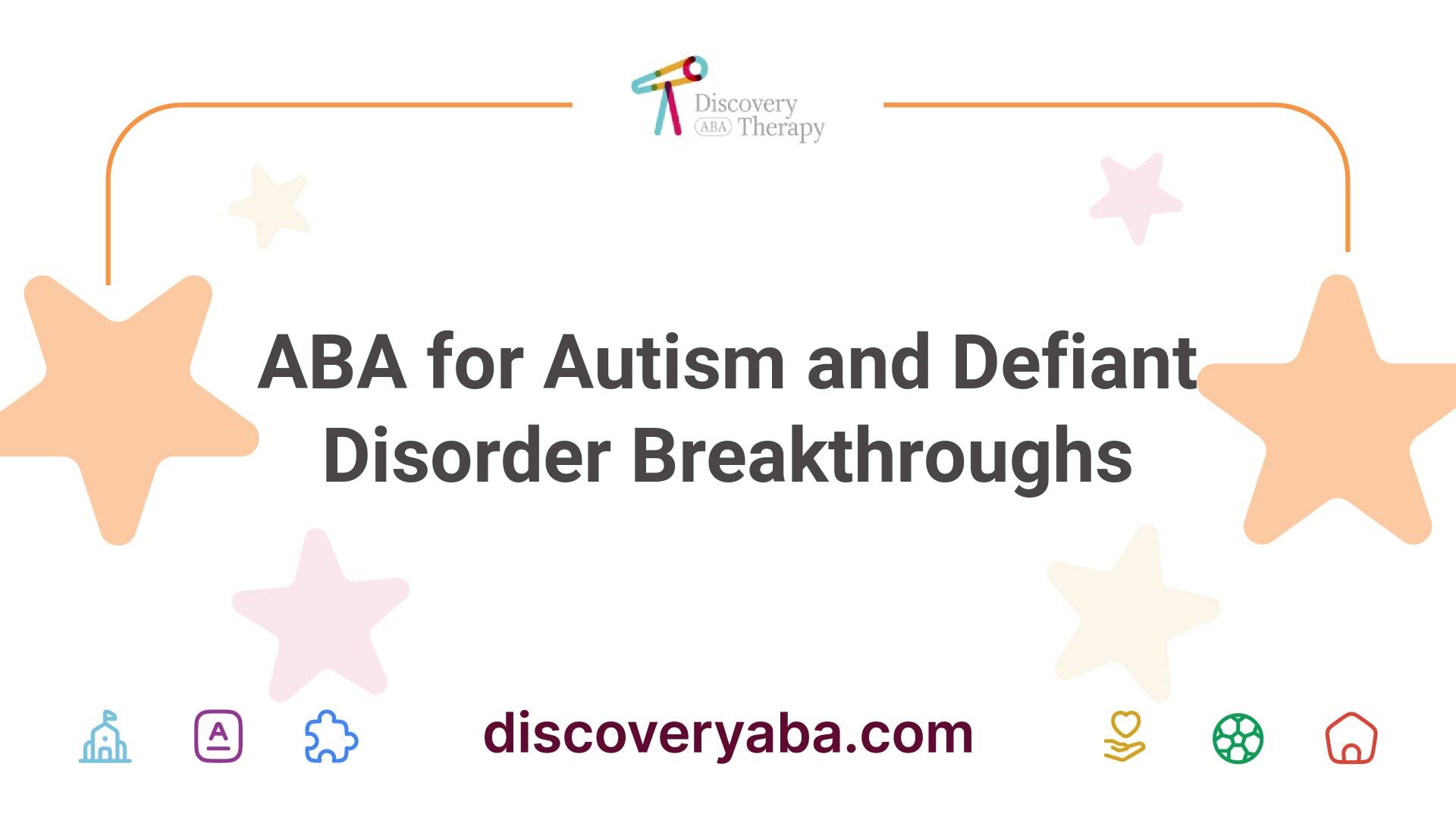
ABA for Autism and Defiant Disorder Breakthroughs

ABA for Behavioral Challenges in Autism

ABA for Picky Eating in Autism

ABA Intervention Techniques

ABA Reinforcement Methods

ABA Session Plans
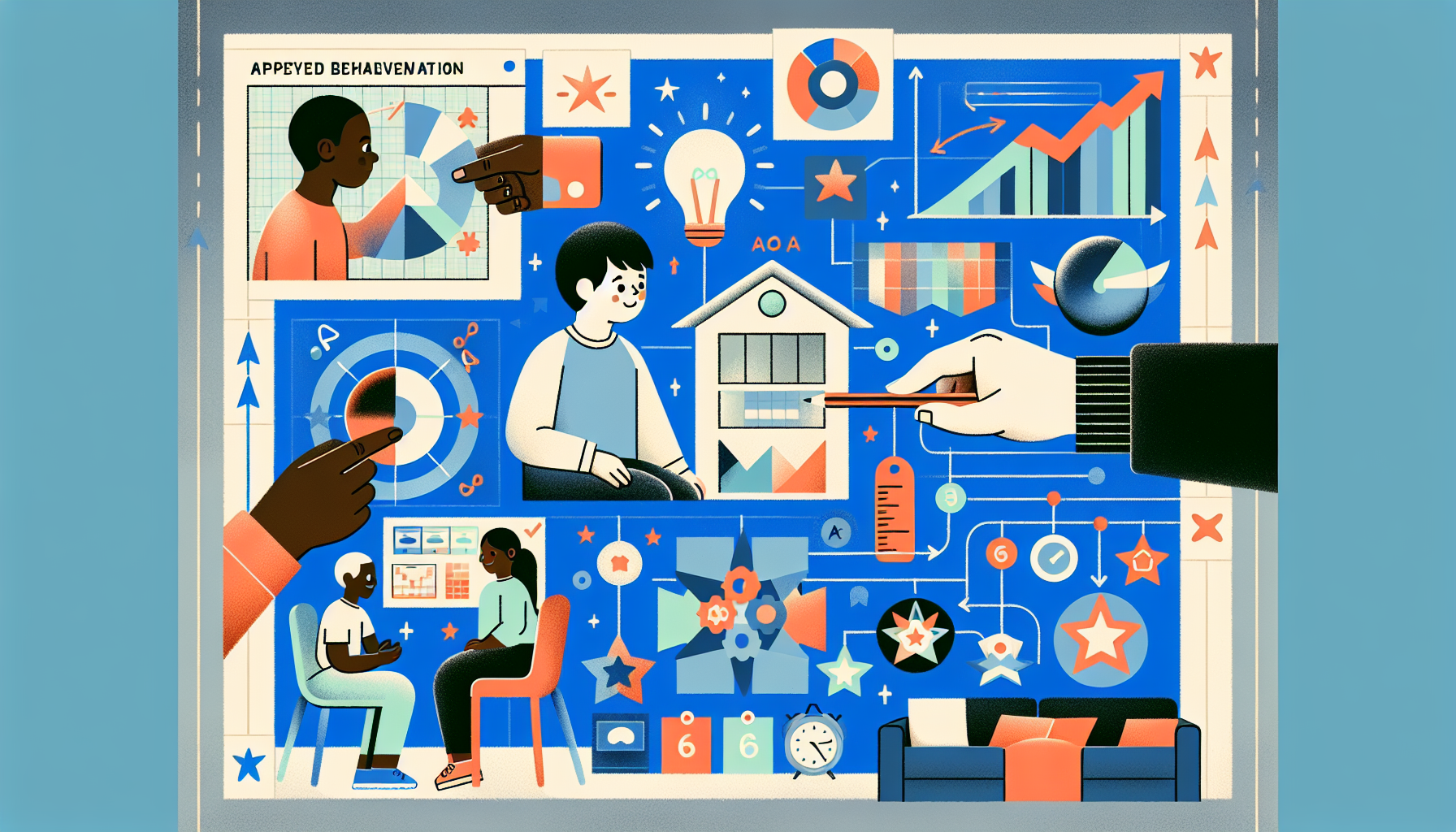
ABA Strategies for Behavior Modification
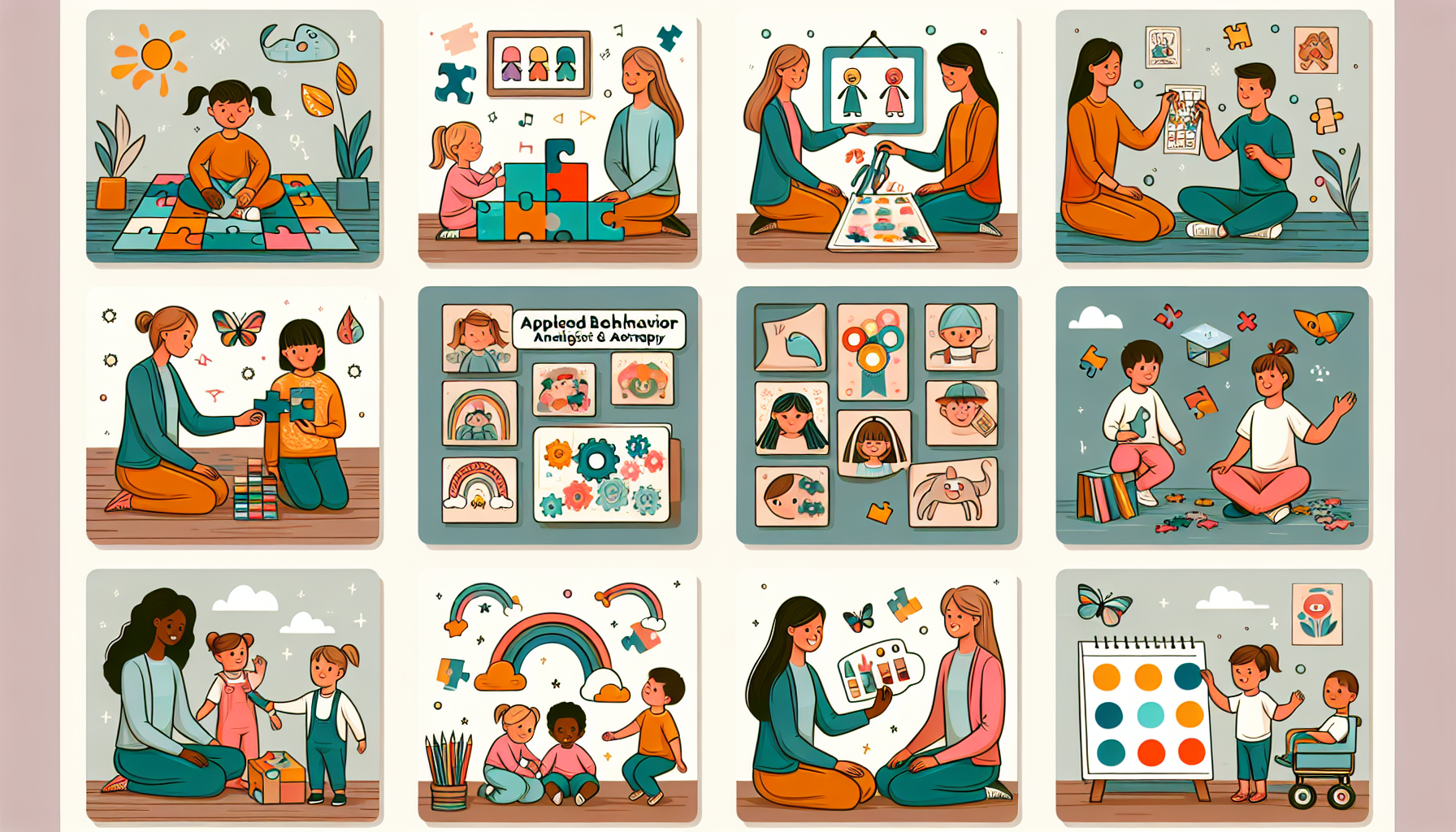
Innovative ABA Therapy Activities for Growth
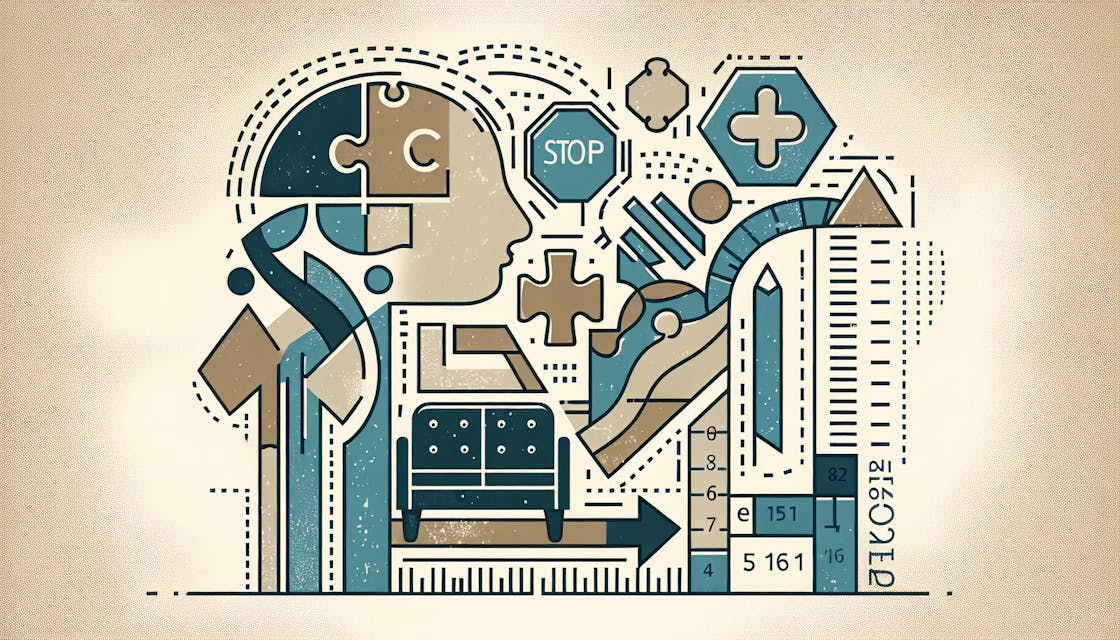
Exploring the ABA Therapy Age Limit Guidelines

ABA Therapy and Behavioral Assessment

ABA Therapy and Developmental Delays

ABA Therapy and Leisure Skills

ABA Therapy and Self Advocacy Skills
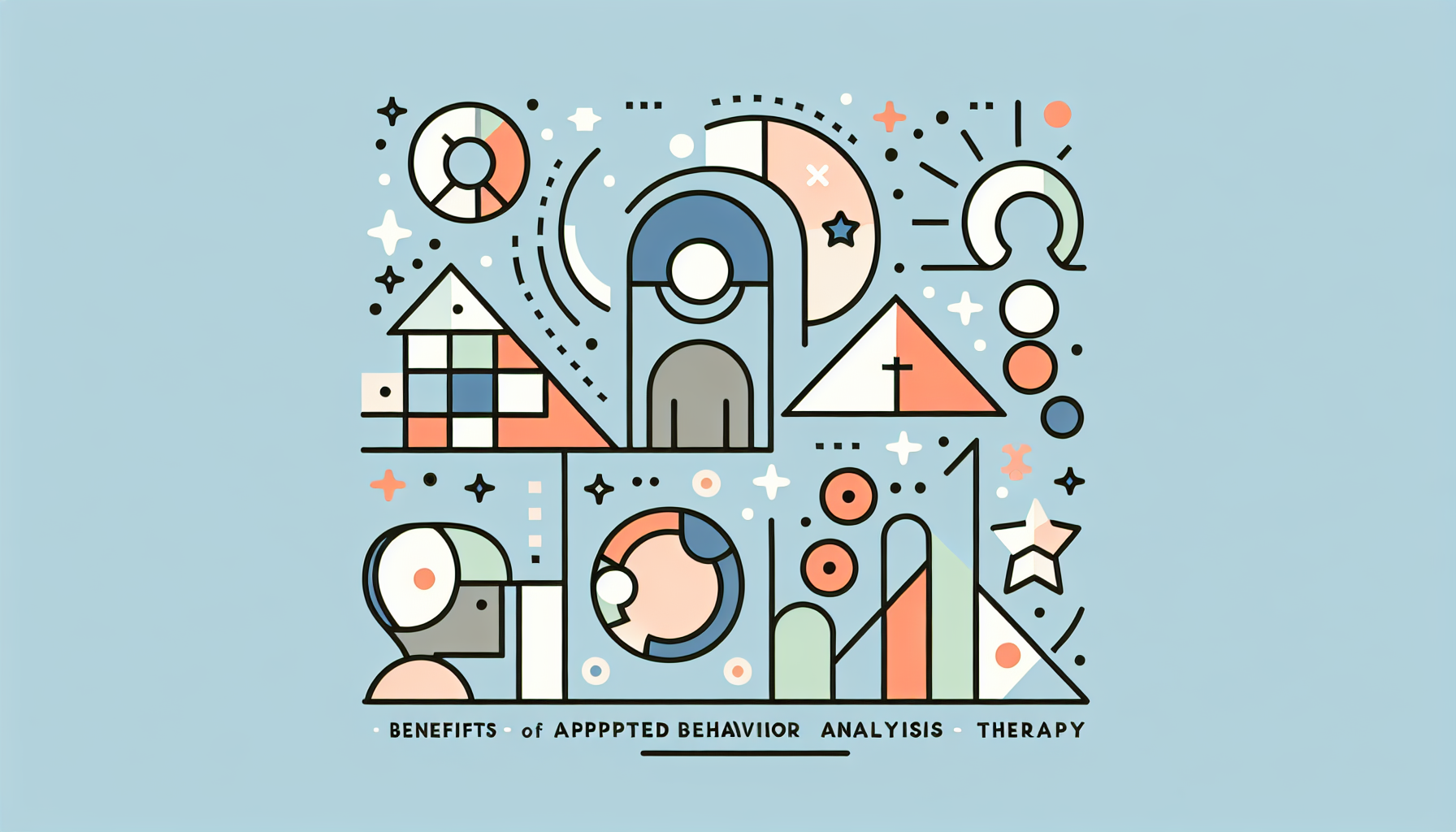
ABA Therapy Benefits

ABA Therapy for Autism Behavioral Health Programs

ABA Therapy for Autism Development Centers

ABA Therapy for Autism Treatment Services

ABA Therapy for High-Functioning Autism

ABA Therapy for OCD in Autism

ABA Therapy for Sensory Overload

ABA Therapy Near Me That Supports Medicaid

ABA Therapy Online Resources

A Closer Look at ABA Therapy Toys

ABA Therapy Training for Parents Unveiled

Actors with Autism
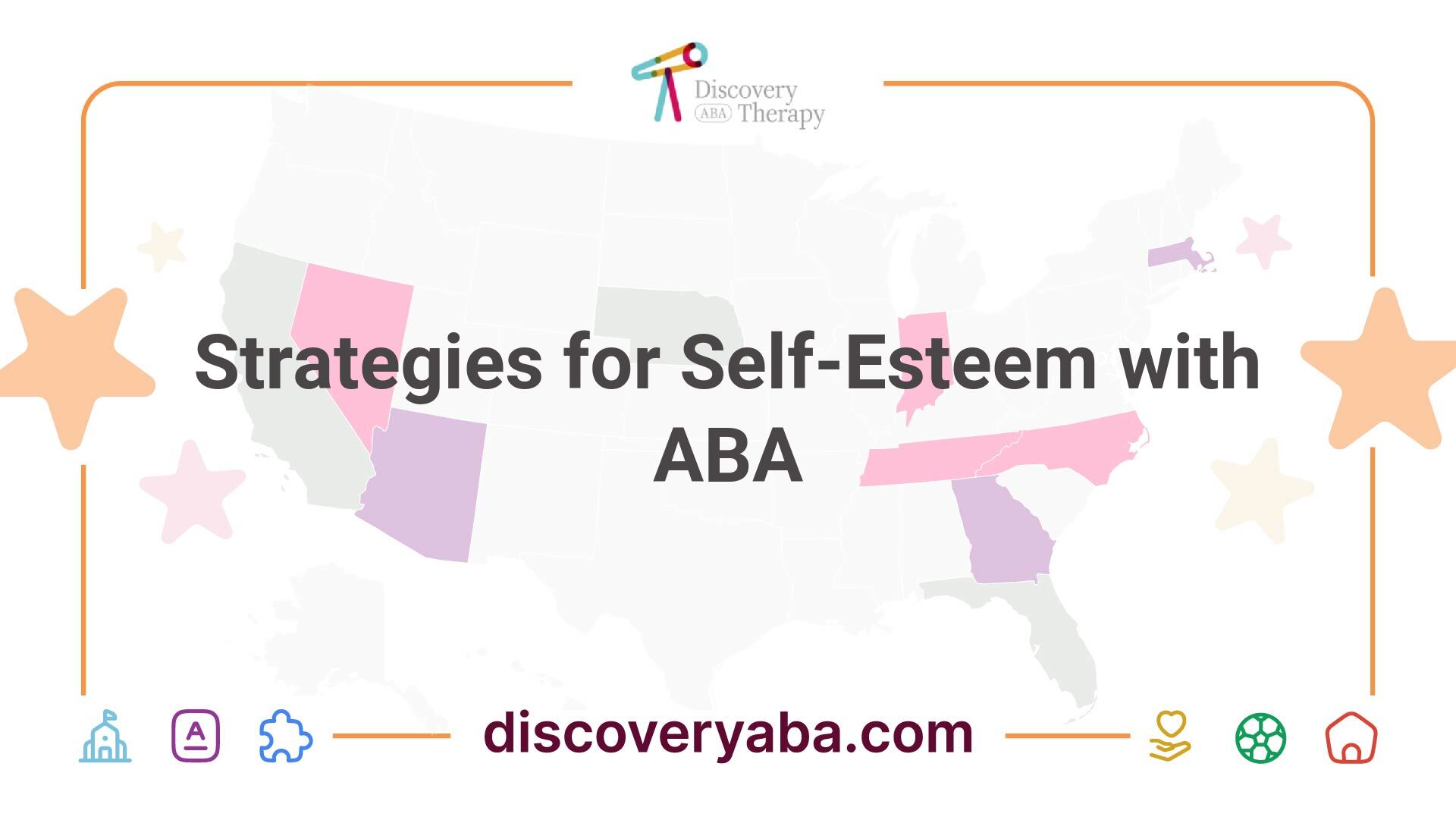
Strategies for Self-Esteem with ABA

Addressing Sensory Aversion in Autism

Addressing Sensory Seeking in Autism

Exploring Autism and Alternative Treatments: Alternative Paths to Progress

Exploring the Impact of Biomedical Interventions on Autism
.jpeg)
Autism And Bipolar Disorder
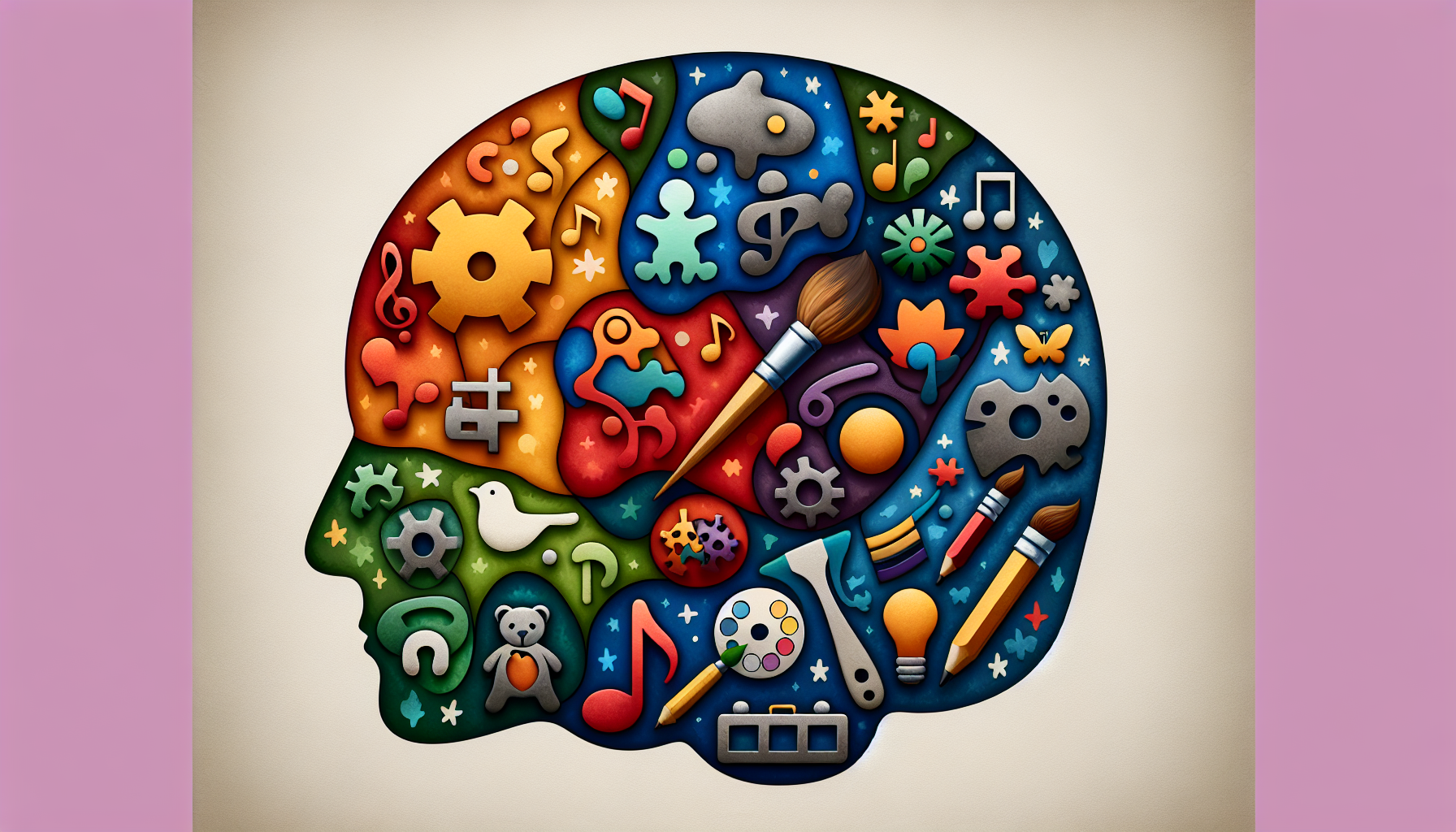
Exploring Complementary Therapies for Autism

Exploring the Impact of Equine Therapy on Autism: From Horses to Hope
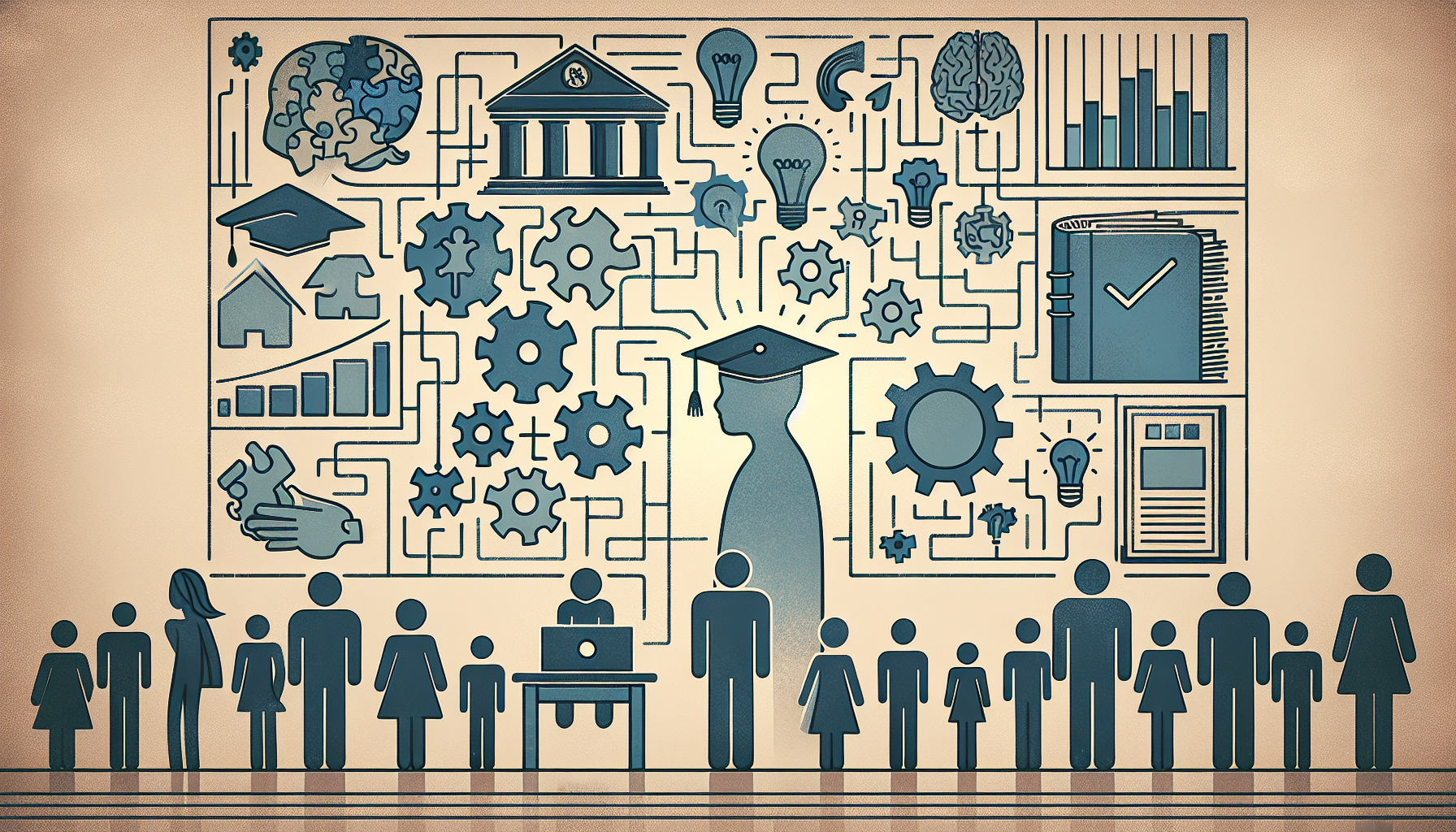
The Role of Postsecondary Education in Autism: Empowering Independence

Autism and Public Speaking

Therapy Animals and Autism Support: From Companions to Healers

Empowering Autism Through Vocational Training: Unlocking Potential

The Healing Effects of Autism Art Therapy
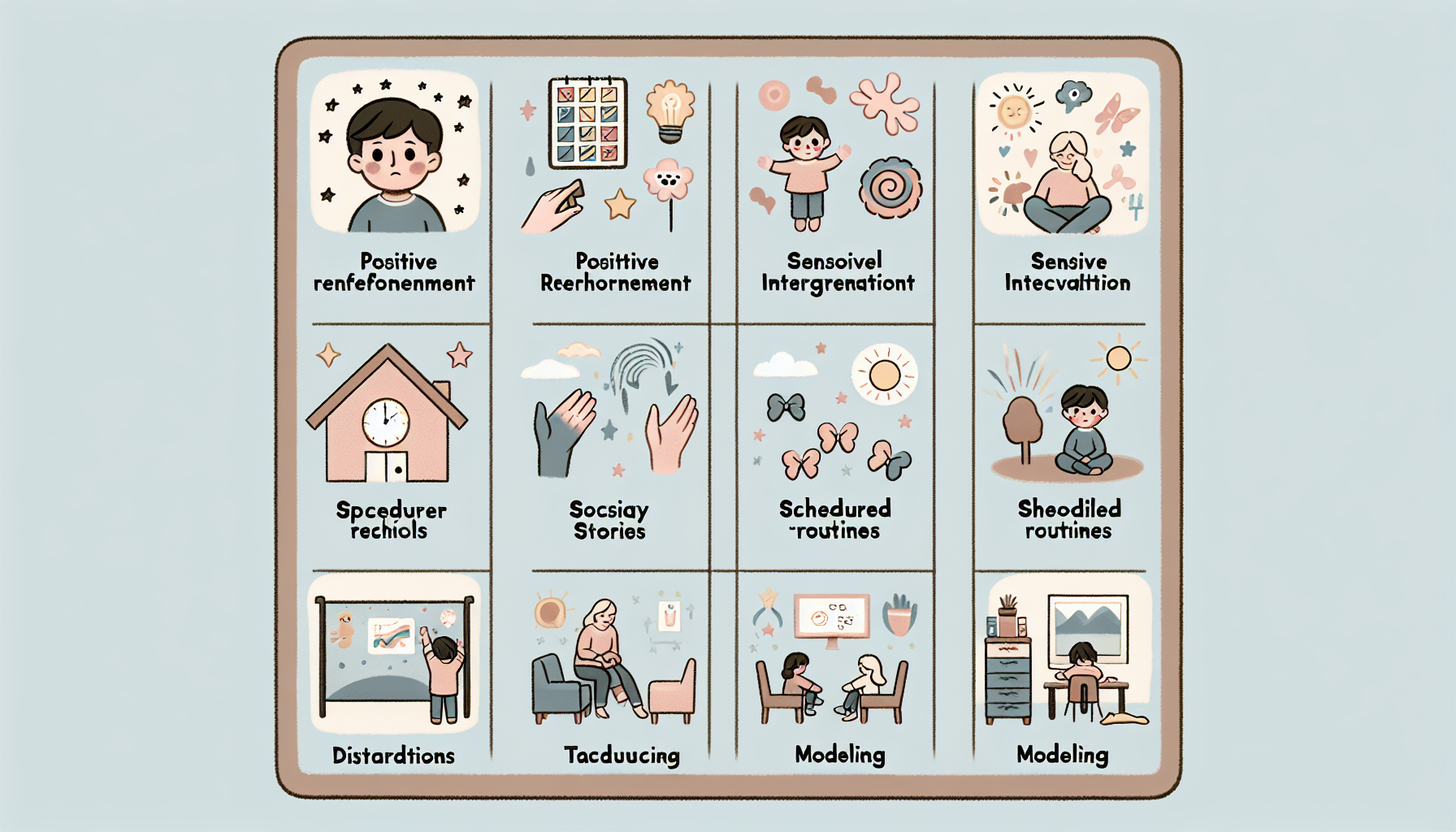
Unlocking the Key: Autism Behavior Strategies for Success

Autism Caregiver Services Near Me in the USA
.jpeg)
Understanding Autism Complications
.jpeg)
Autism Develop Planning and Organizational Skills

Tracking Autism Developmental Milestones

The Key to Understanding Autism: The Diagnosis Code Unveiled

Autism During Pregnancy: Signs & Prevention
.jpeg)
Autism Grants: Financial Support for Individuals

Autism Holistic Support for Well-being

Key Autism Life Skills Unveiled

Addressing Autism Prevalence in the State

The Role of Routine and Structure in Autism
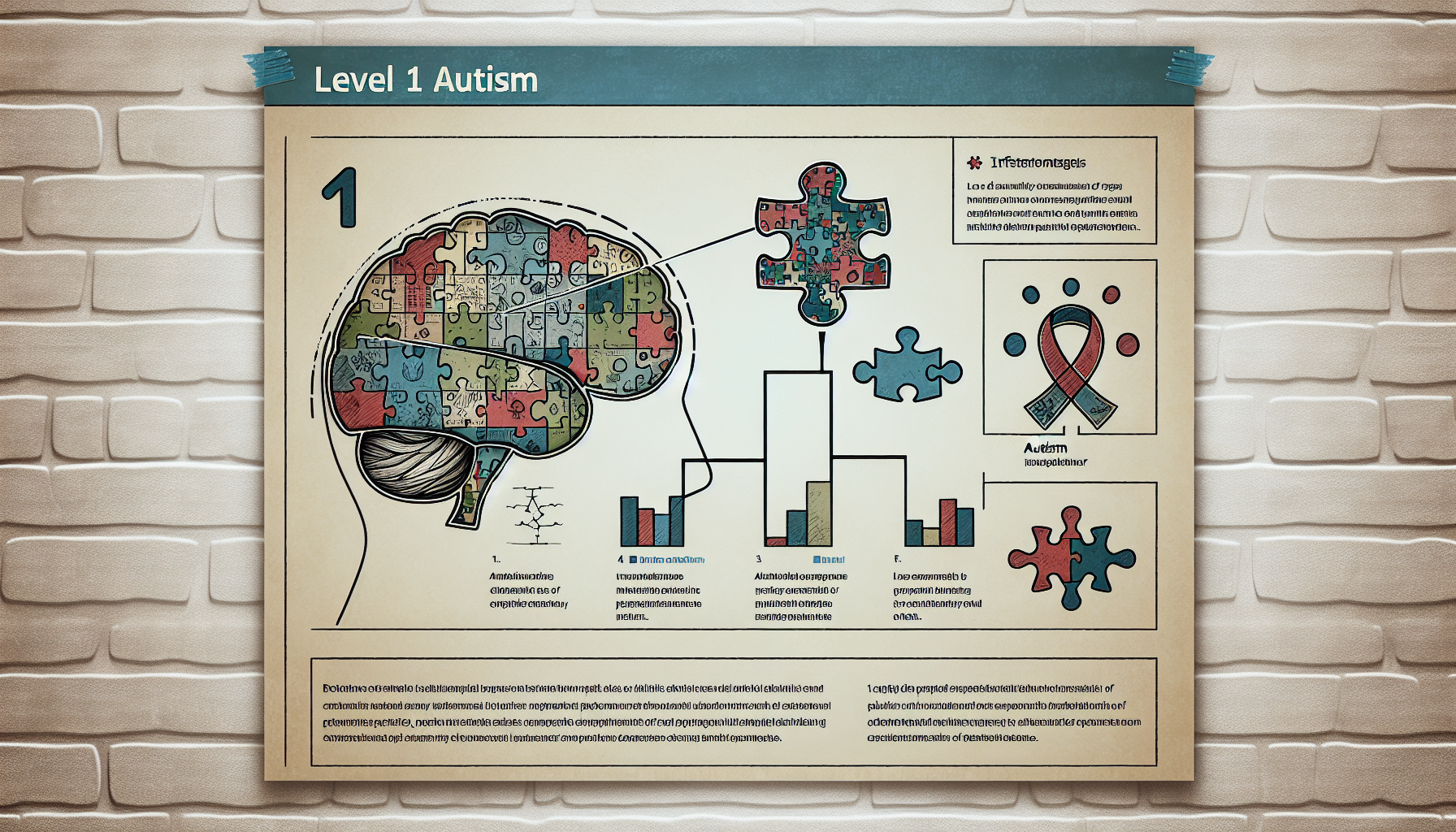
Demystifying Autism Spectrum Disorder Level 1 Symptoms

Silent Struggles: Confronting the Reality of Autism Speech Delay

Understanding Autism Stimming Behaviors
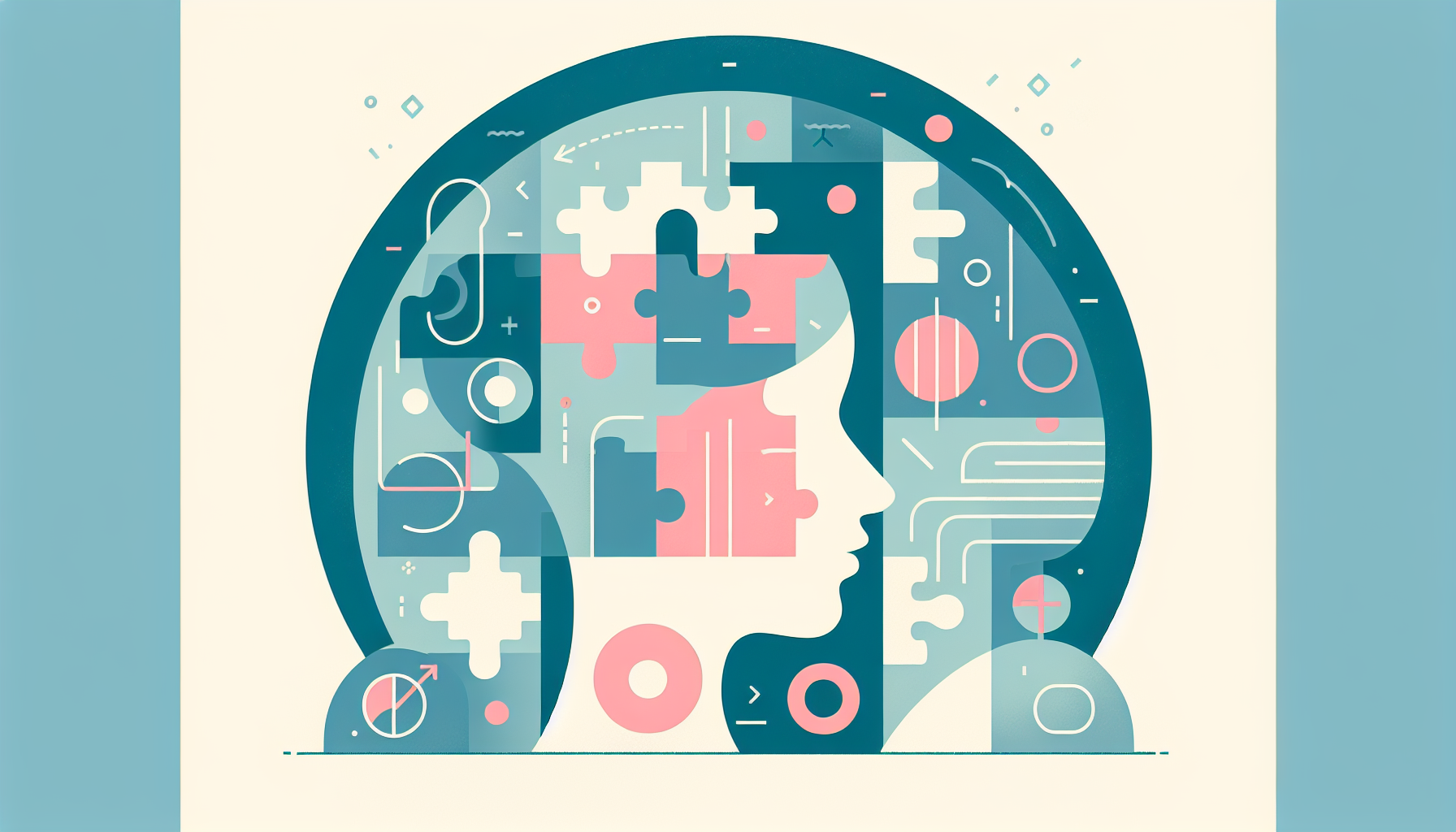
Autism Symptoms in Girls

Best Autism Toys for Toddlers Available

Thriving as an Autistic Young Adult

Is Your Autistic Adult Child Ready to Move Out?

How Art Therapy Benefits Individuals with Autism

Benefits of Music Therapy for Autism

Benefits of Play Therapy for Autism Explored

Navigating the Best ABA Therapy Near You

Borderline Autism in Adults
.jpeg)
Calming Strategies For Autism
.jpeg)
Can ADHD Cause Autism?
Contact us
North Carolina, Tennessee, Nevada, New Jersey, Utah, Virginia
New Hampshire, Maine
Massachusetts, Indiana, Arizona, Georgia
.avif)

